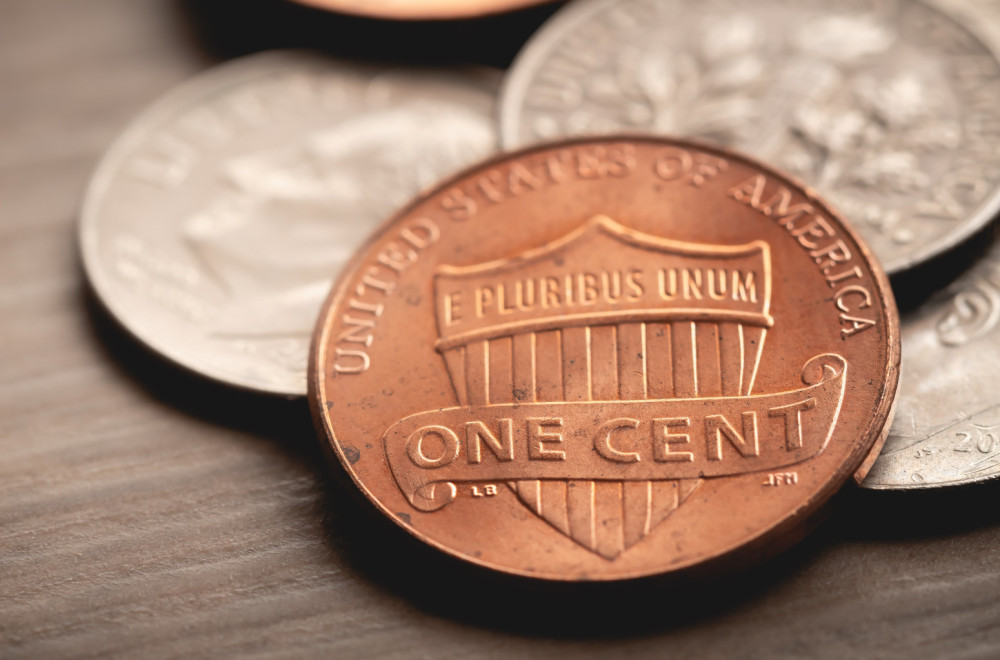America’s One Cent Coin Is Dying – But At What Cost?
Did you know that the one cent coin in America is about to become history? Yes, you read that right! The U.S. government plans to stop producing the penny starting early next year. But before you start celebrating less pocket change, wait until you hear how much this will cost us!
Why is the penny being discontinued?
Producing a single penny costs about 3.69 cents, meaning the U.S. actually loses money on every coin minted. Last year, the Treasury lost a whopping $85.3 million due to the difference between the penny’s face value and production costs. So, stopping penny production makes sense financially for the government.
But what about consumers?
A Federal Reserve study in Richmond found that eliminating the penny will cause cash transactions to be rounded to the nearest five-cent coin. This rounding, dubbed the “rounding tax,” could cost American consumers around $6 million annually! Yes, you read that right – six million dollars lost by consumers just because the penny is gone.
What if the nickel goes too?
Economists also considered the scenario of eliminating the five-cent coin. The result? Consumers could lose a staggering $56 million a year due to rounding. So, ditching small change isn’t just a government saving move; it’s a potential financial hit to everyday people.
How was the study done?
The study tracked real consumer payments from September 29 to November 2 of a given year, observing how changes in coins would affect daily transactions. The results are clear – while the government saves on production, consumers pay more due to rounding.
What does this mean for us?
If this plan goes through, cash will become more expensive for ordinary people. Every time you pay with cash, your bill will be rounded to the nearest five cents, meaning you’ll often pay more than the actual price of goods. Digital payments won’t be affected, but for those still using cash, this is bad news.
Is this the end of the small change we know?
Looks like it. The American example might signal other countries to consider similar moves. But before we rejoice over less pocket change, let’s ask ourselves – is this really in consumers’ interest or just another way to make us pay more?
Conclusion
Ending the one cent coin in America is economically justified from the government’s perspective, but consumers will pay the price through rounding. Six million dollars a year is just the start, and if the nickel goes too, the damage will be even greater.
So, what do you think? Is it time to say goodbye to the penny, or is this just another trick to squeeze money out of our pockets? Share your thoughts, maybe together we’ll figure out if this is the end of small change or the start of pricier bills!
And don’t forget, next time someone offers you change, it might just be a rare treat! 😉





































